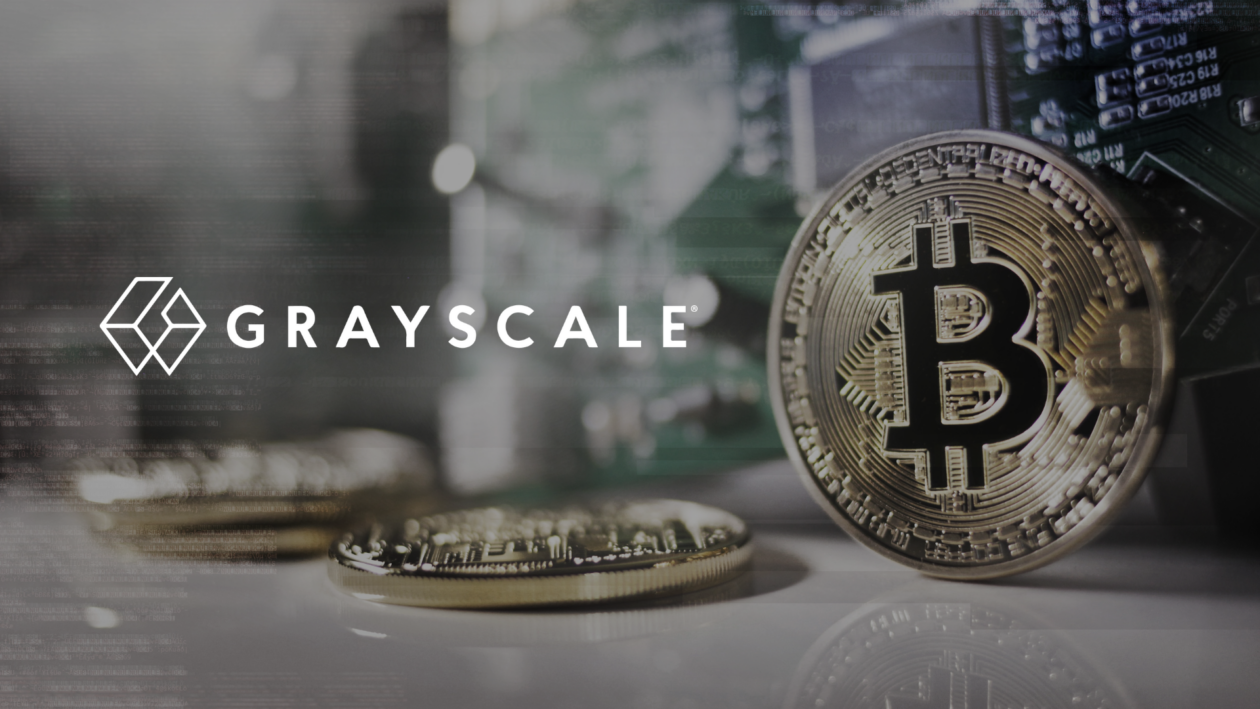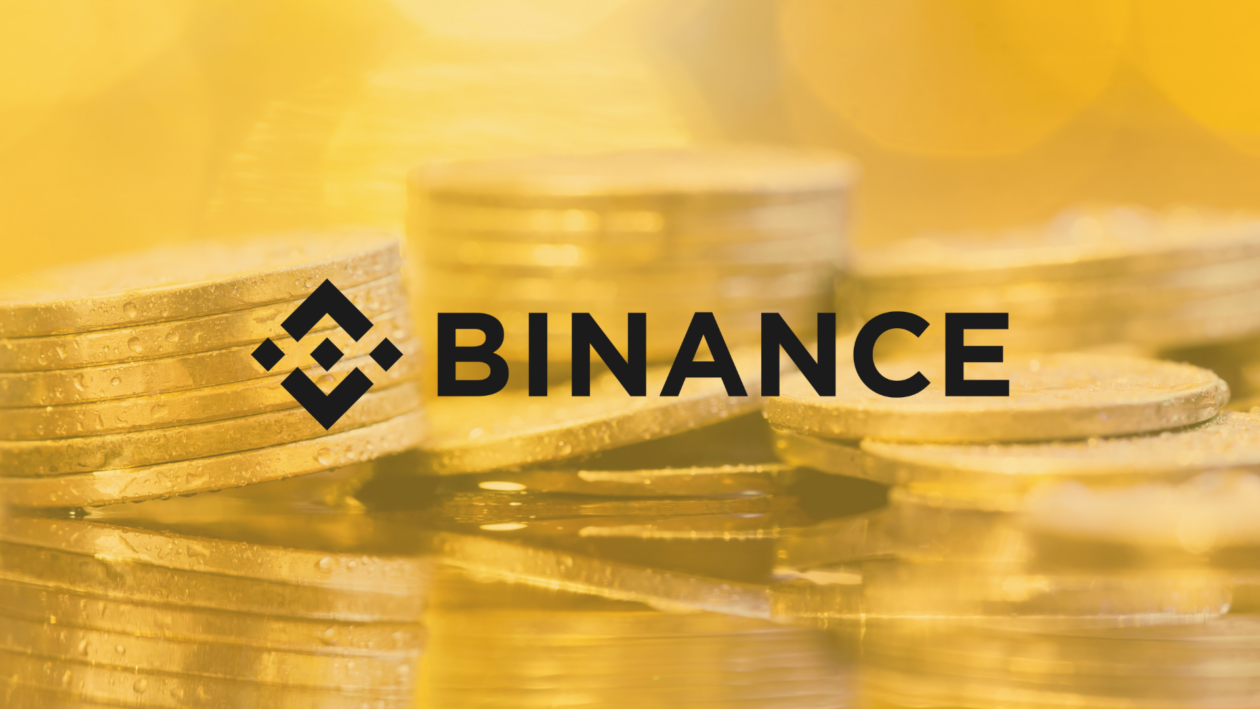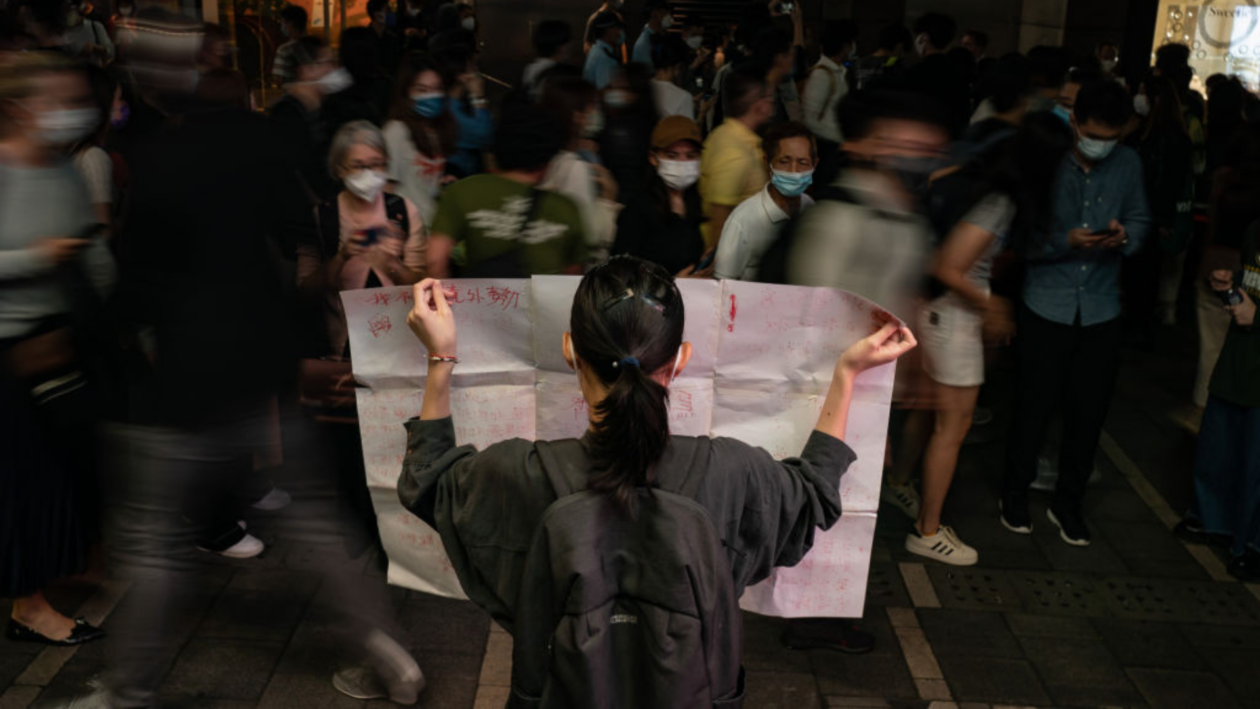In this issue
- Grayscale: Gray area
- Binance: Bailout plan
- China: Digital defiance
From the Editor’s Desk
Dear Reader,
Sunlight is the best disinfectant. So said U.S. Supreme Court Justice Louis Brandeis in 1913 in a magazine article arguing for financial disclosures and transparency.
Just shy of 109 years later, his words ring as true as they did back then, and the correlated truth — that darkness, opacity and obfuscation offer a fertile environment for unethical conduct — still has just as much resonance.
That understanding is finally taking root in the crypto community, which has seen trillions of dollars wiped off the value of the industry and a series of high-profile business collapses that seems unlikely to have reached its end.
Forkast is not in the business of lecturing the community of which it is a part, but it has to be said that the conduct of some heavyweight players in the sector has fallen far short of the standards to which the industry should not only aspire, but adhere.
This unhappy state of affairs appears — for the moment — unlikely to change, with major industry participants refusing to come clean about their financial positions, stoking fears of further shocks of the sort exemplified by FTX and, before that, Terra-LUNA.
Binance’s planned establishment of a recovery fund for the sector, on the face of it, might be a welcome development, although the question must be asked as to whether the fund’s anticipated war chest of US$1 billion is sufficient to plug potential losses on the scale we’ve seen so far. Other questions also come readily, given Binance’s past troubles with regulators and the unknowability of its founder’s motives.
At present, transparency in our industry appears to be in painfully short supply, and consequently, so is the trust it requires to function. That sentiment may seem contrarian, even oxymoronic — but just because the technology behind the magic is trustless, it doesn’t mean that those individuals and institutions that make it work can be.
Bring on the sunshine.
Until the next time,
Angie Lau,
Founder and Editor-in-Chief
Forkast
1. Holding on, holding out

By the numbers: GBTC — over 5,000% increase in Google search volume.
An OXT research analyst who goes by the name “Ergo” has asserted that Grayscale Bitcoin Trust (GBTC) holds approximately 633,000 Bitcoins through addresses associated with its custodian, Coinbase Custody.
- The researcher tweeted: “Which begs the question, why does Grayscale refuse to disclose their on-chain holdings?” GBTC is reportedly the world’s largest BTC fund.
- Using on-chain forensics and public data, the researcher initially identified 432 addresses with a total balance of approximately 317,705 BTC “to likely GBTC TXOs held by Coinbase Custody.”
- The news may come as a relief to some after Grayscale announced last week that it would not be sharing a proof of reserves due to security concerns.
- Proofs of reserves are third-party audits that verify whether a custodian actually holds the assets it claims to hold on behalf of its clients.
- The audit tool gained attention after the collapse of FTX, which raised concerns about the holdings of all centralized cryptocurrency exchanges.
- Binance, the world’s largest crypto exchange, released a proof of reserves last week, shortly before its founder, Changpeng “CZ” Zhao, announced that it had “absolutely no negative balances involved” in its audit.
Forkast.Insights | What does it mean?
The supposed security of Grayscale’s Bitcoin holdings will be welcomed by the crypto community, but the contagion resulting from the collapse of FTX is far from over. Crypto lender BlockFi filed for bankruptcy this week thanks to its entanglement with the now-defunct exchange.
Meanwhile, crypto exchange Bitfront, founded by social media giant LINE, announced it was shutting down amid uncertainty in wider markets. AAX, another crypto exchange, is embroiled in liquidity issues and has suspended all withdrawals. Crypto’s combination of secrecy and lack of accountability suggests that more companies are likely to follow.
The industry’s response to the contagion appears to be mixed. Although Binance has released a proof of reserve, questions remain over it spearheading a rescue fund for crypto that it will have ultimate authority over.
Others point to a lack of regulation and are calling for more of it to keep the industry on the straight and narrow. And still others are sticking by the technology, saying greed has led to failures, not the tech.
But a bigger question remains unanswered: How did companies in the industry manage to get so big without having to be audited or produce some form of financial reporting? The Wild West days of crypto may be behind us, but they’re still wreaking havoc.
2. CZ money

By the numbers: Binance — over 5,000% increase in Google search volume.
Binance, the world’s biggest cryptocurrency exchange, says it will establish a US$1 billion fund for an “Industry Recovery Initiative” that aims to mitigate the cascading effects of FTX’s collapse, according to a company blog post.
- Its founder, Changpeng “CZ” Zhao, announced the plan for the fund in a tweet earlier this month, which he said aimed “to reduce further cascading negative effects of FTX” and “help projects who are otherwise strong, but in a liquidity crisis.”
- In its post, Binance posted proof of its initial commitment of 1 billion Binance USD (BUSD), a fiat-backed stablecoin co-developed by the exchange. Binance also said that its fund may extend to 2 billion BUSD if necessary.
- BUSD is regulated by the New York State Department of Financial Services and 100% backed by reserves of fiat cash and U.S. Treasury bills, according to blockchain infrastructure platform Paxos, which mints it.
- Jump Crypto, Polygon Ventures, Aptos Labs, Animoca Brands, GSR, Kronos and Brooker Group have also committed to the recovery fund, with an aggregate sum of around US$50 million, and more participants are expected to join.
- Binance said its recovery fund has received at least 150 applications from companies seeking support, and that each of the co-investors would be able to review potential deals independently before co-investing or investing unilaterally.
- The fund will be looking for projects characterized by “innovation and long-term value creation … a clearly delineated and viable business model, and … a laser focus on risk management,” Binance’s announcement said.
Forkast.Insights | What does it mean?
Crypto watchers are already familiar with the storyline behind Binance’s philanthropic turn. Before its collapse, FTX and Sam Bankman-Fried just a few months ago swooped in to save companies caught up in the Three Arrows Capital collapse.
Bankman-Fried’s moves were interpreted largely as a power grab, snapping up distressed companies to consolidate his (then) rapidly growing industry clout. Binance CEO Changpeng Zhao is already attracting similar criticisms, and the claims are not without merit.
Binance’s contribution to its “Industry Recovery Initiative” far outweighs commitments made by other firms, at least so far. Of those contributions, the majority come via BUSD, a Binance co-developed stablecoin.
Zhao’s credibility as an industry savior has been a topic of controversy due to his role in FTX’s unraveling, alongside investigations into his exchange in jurisdictions from Singapore to the U.S.
Members of Britain’s parliament have asked Binance to explain the circumstances surrounding a tweet by Zhao on Nov. 6, which may have set the stage for FTX’s collapse, and whether the company understood the potential impact it might have.
Another point of criticism is that although Binance has licenses in many different jurisdictions, it isn’t formally based anywhere. In finance, safety nets are supposed to be safer than the industry they’re trying to protect. In crypto, however, it seems red flags are par for the course.
3. Protests and pixels

Bitcoin and Ether have fallen in Asian trading, in line with a downturn in equity markets amid concerns over protests in China against Covid-19 lockdowns.
- Bitcoin was trading at US$16,902 at midweek Asia time, up 2.4% in just 24 hours after, according to CoinMarketCap data. Ether rose 4.6% in the same period to trade at US$1,269 at press time.
- Asian equity markets also fell, with Hong Kong’s Hang Seng Index dropping 4% at the open and closing 2.16% higher, while the Shanghai Composite Index ended 0.05% higher and Japan’s Nikkei 225 index lost 0.21%.
- The protests were triggered by the deaths of 10 people who were reportedly locked in their homes under China’s zero-Covid policy, after a fire broke out in their apartment building in Urumqi, in the northwestern region of Xinjiang.
- Protests against China’s zero-Covid policies have taken place in cities across the mainland, drawing thousands of demonstrators and involving clashes with police in some locations. The unrest has been described as the most public and widespread since Chinese Communist Party General Secretary Xi Jinping gained power a decade ago.
- Protestors in Shanghai were confirmed by the Associated Press to have been shouting: “Xi Jinping! Step down! CCP (Chinese Communist Party)! Step down!”
- “The wide spread of incidents indicates a wider simmering resentment of China’s approach to Covid,” Andrew Sullivan, a market analyst and former equities broker, told Forkast.
- Meanwhile, photos of the protests have flooded OpenSea, the world’s largest non-fungible token (NFT) marketplace.
- Polygon-based NFT collection “Silent Speech” has captured the anti-lockdown protests in 135 pictures, with bids starting at 0.02 ETH (US$23.40).
- The Ethereum-based “Blank Paper Movement” is another popular collection of 36 stylized pictures showing protesters holding blank sheets of paper to symbolize the mainland authorities’ suppression of free speech. The floor price of the collection was 10 ETH (US$12,725), at 04:00 p.m. Hong Kong time on Wednesday.
Forkast.Insights | What does it mean?
Under Xi Jinping’s iron-fisted rule, it is a rare sight to see thousands of protesters marching through major cities such as Shanghai, let alone chanting for the Communist Party leader to quit.
Such moves are downright dangerous in China, where criticism of the party of China or its leader can lead to prison time.
Documenting historic scenes and finding a way to back up images have become a habit for many Chinese to counter the government’s censorship, and Web3 is now playing a role.
As seen on OpenSea, many are minting NFTs from images of the protests in an attempt to preserve history. Some are also storing related articles and content on Matters, a decentralized content-sharing platform built with the Interplanetary File System (IPFS), a peer-to-peer protocol for sharing data in a distributed file system.
Creating NFTs and using IPFS storage has become a strategy by everyday people in Hong Kong and mainland China to preserve historical content that might otherwise offend or get censored outright by authorities. In April, hundreds of NFTs were minted relating to the “Voice of April”, a video montage that put together audio calls and complaints made by Shanghai residents as they interacted with medical staff and neighborhood compound managers.
Just as the Chinese authorities are spearheading a nationwide Blockchain-based Service Network for government and commercial projects, Chinese people are also increasingly exploring their own uses for blockchain and technology’s myriad benefits, including immutability and being censorship-resistant.




